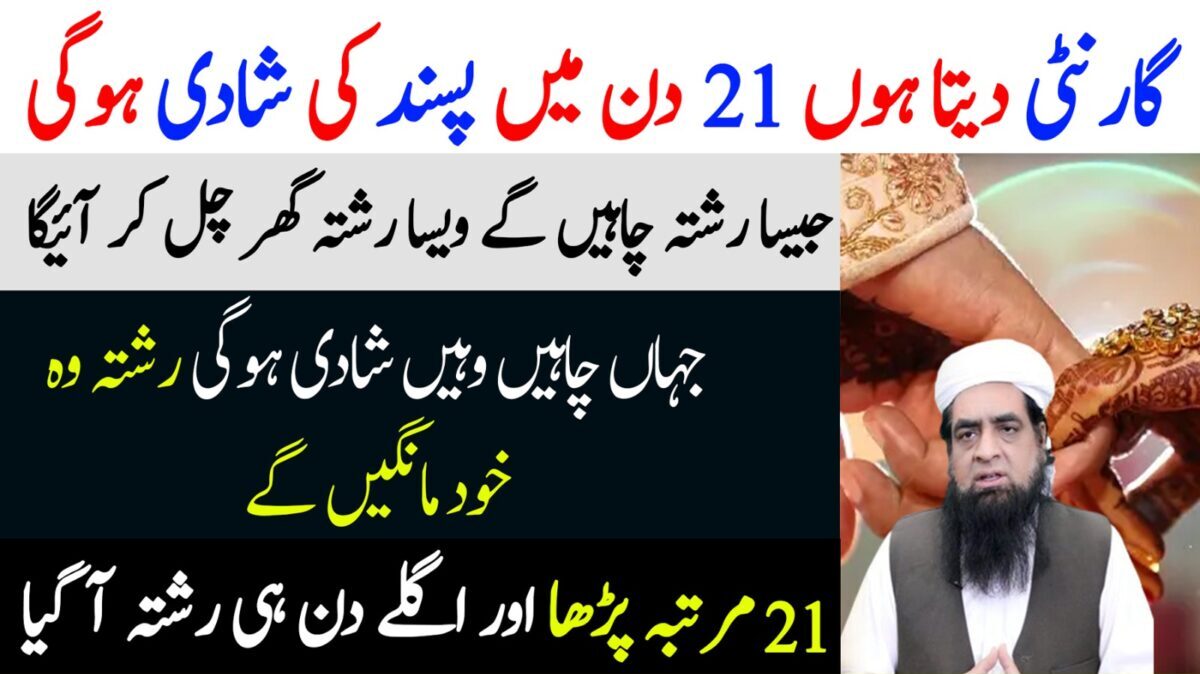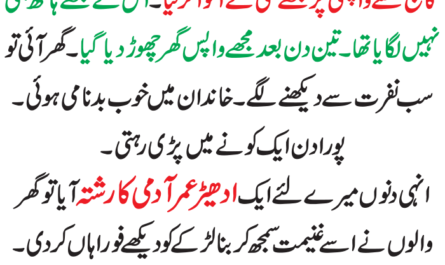Varicose veins are a common condition characterized by enlarged, twisted veins that typically appear on the legs and feet. While they may not always cause serious health problems, varicose veins can be a source of discomfort and pain for many individuals. In this article, we’ll explore the causes, symptoms, and treatment options for varicose veins.
What Are Varicose Veins?
Varicose veins are veins that have become enlarged and twisted, usually due to weakened or damaged vein walls and valves. They often appear as blue or purple bulges under the skin, most commonly on the legs and feet. Varicose veins can range from mild cosmetic concerns to more severe cases associated with pain, swelling, and complications like skin ulcers.
Causes of Varicose Veins
Several factors can contribute to the development of varicose veins, including:
- Heredity: A family history of varicose veins increases the likelihood of developing the condition.
- Age: As we age, the veins may lose elasticity and become more prone to stretching and enlargement.
- Gender: Women are more likely than men to develop varicose veins, particularly during pregnancy and hormonal changes.
- Prolonged Standing or Sitting: Jobs or activities that require long periods of standing or sitting can increase the pressure on the veins, leading to the development of varicose veins.
- Obesity: Excess weight puts added pressure on the veins, increasing the risk of varicose veins.
Symptoms of Varicose Veins
Varicose veins can cause a variety of symptoms, including:
- Pain or Discomfort: Aching, throbbing, or burning sensations in the legs, especially after prolonged periods of standing or sitting.
- Swelling: Swelling in the legs or ankles, particularly at the end of the day.
- Heaviness or Fatigue: Feeling of heaviness or fatigue in the legs, especially after physical activity.
- Itching or Irritation: Skin irritation or itching around the affected veins.
- Visible Veins: Enlarged, twisted veins that are visible under the skin, often with a blue or purple hue.
Treatment Options for Varicose Veins
Treatment for varicose veins depends on the severity of the condition and the presence of symptoms. Some common treatment options include:
- Compression Therapy: Wearing compression stockings or socks can help improve circulation and reduce swelling and discomfort.
- Lifestyle Changes: Making lifestyle changes such as maintaining a healthy weight, exercising regularly, and avoiding prolonged periods of sitting or standing can help alleviate symptoms and prevent varicose veins from worsening.
- Minimally Invasive Procedures: Procedures like sclerotherapy, laser therapy, or endovenous ablation may be recommended to close off or remove varicose veins.
- Surgical Intervention: In severe cases, surgical procedures such as vein ligation and stripping or vein bypass surgery may be necessary to remove or repair damaged veins.
Preventing Varicose Veins
While varicose veins may not always be preventable, there are steps you can take to reduce your risk and alleviate symptoms:
- Maintain a healthy weight and engage in regular physical activity.
- Avoid prolonged periods of sitting or standing.
- Elevate your legs when resting to improve circulation.
- Wear compression stockings or socks, especially during long periods of travel or standing.
- Follow a balanced diet rich in fiber and low in salt to promote healthy blood flow.
Conclusion
Varicose veins can be more than just a cosmetic concern—they can cause discomfort, pain, and complications if left untreated. By understanding the causes, symptoms, and treatment options for varicose veins, individuals can take proactive steps to manage their condition and improve their quality of life.






